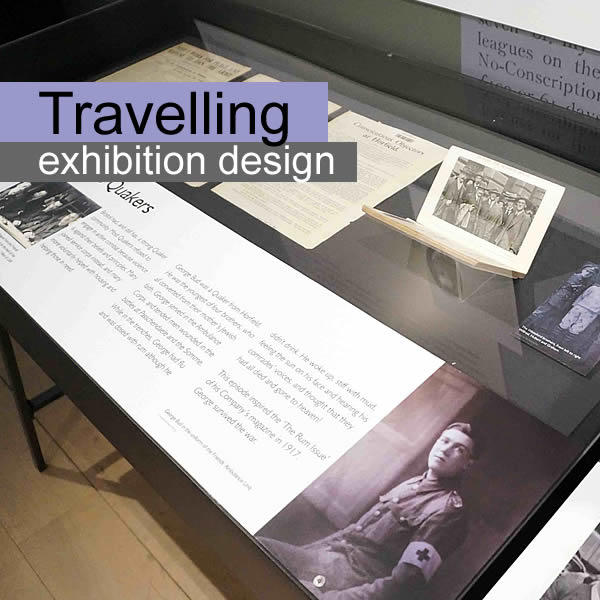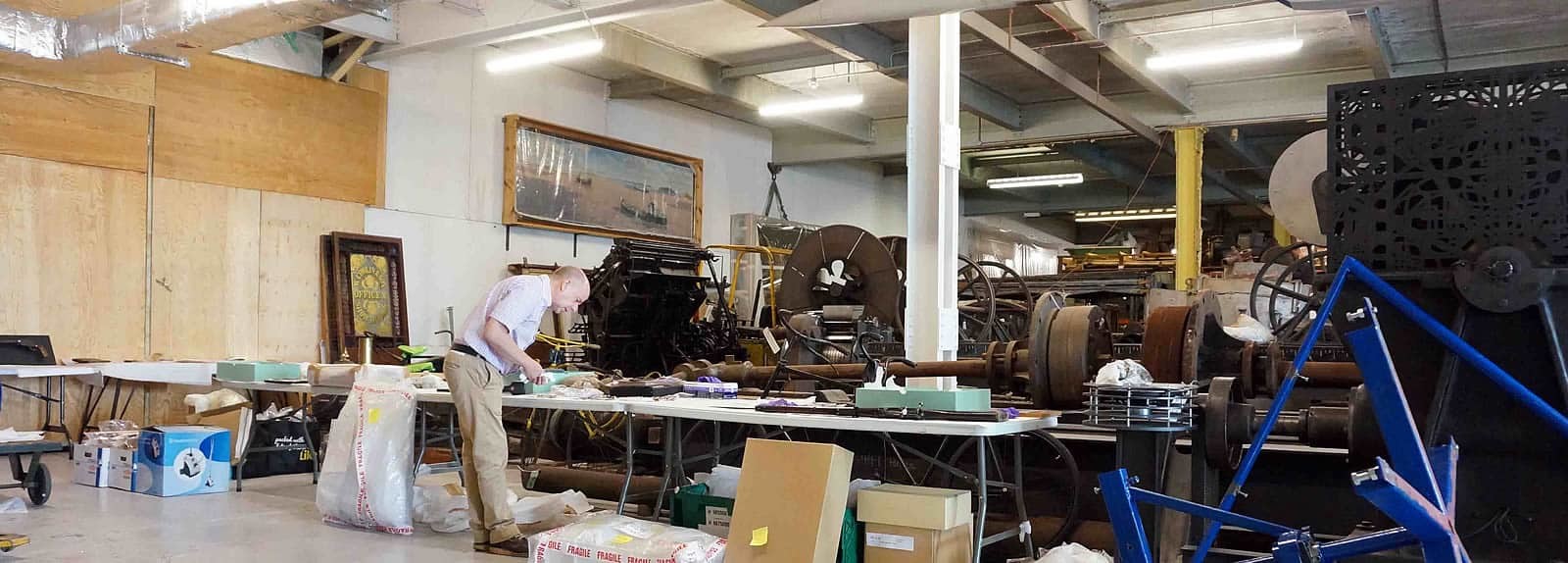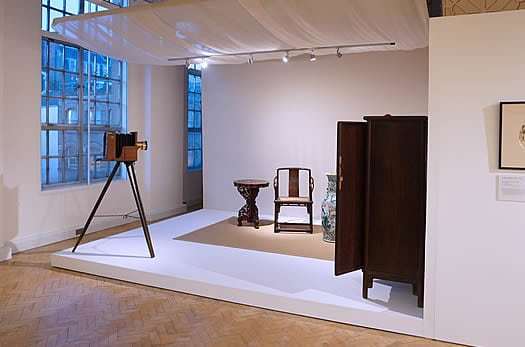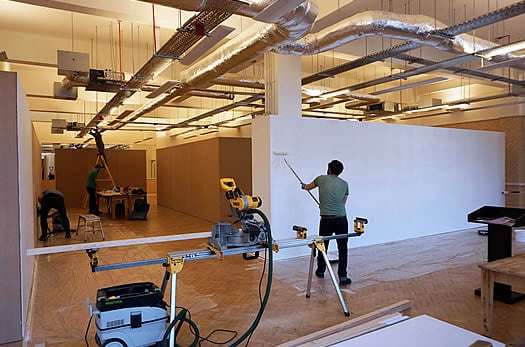TRAVELLING TREASURES
Travelling Exhibition Design
Why tour an exhibition?
Introduction
Travelling exhibitions broaden access to collections and permit collaboration between cultural bodies. With 20 years of experience in the museum exhibition sector, my team and I have worked on many travelling exhibitions across the globe. In addition, we deliver museum-quality travelling exhibitions designed for renowned organisations that connect with their audiences memorably.
As part of this travelling exhibition blog series, we will first look into the many reasons why collectors or art organisations travel with their collections or themed exhibitions worldwide. One compelling reason for organisations to tour their exhibitions is to enhance their global presence and influence. By showcasing their collections in different parts of the world, institutions can expand their reach and impact, attracting new audiences and fostering cross-cultural dialogue on an international scale.
Future articles will include how to design a travelling exhibit (cost, design, and impact) and the fundamental differences between permanent and travelling exhibits.
Travelling exhibitions provide access to collections and allow cultural organisations to collaborate. In our 20 years of expertise in the museum exhibition field, my team and I have worked on several international travelling exhibitions. In addition, we deliver museum-quality travelling exhibits designed for various organisations and cultural bodies that connect with their audiences memorably.
As part of this blog series on travelling exhibits, we will first explore why collectors or art organisations tour their collections or thematic shows globally. Future blog articles will include how to design a travelling exhibition (cost, design, and impact) and the pivotal differences between permanent and travelling exhibits and travelling exhibition design.

Part 1
For art collectors, these might be:
- One of the primary motivations for many collectors is the desire to share their art and knowledge with the public. By doing so, they hope to contribute to the greater good and promote a love of humanity.
- Art collectors are driven by a variety of motivations, and their collections can hold significant value beyond just personal enjoyment. The opportunity to have their collection recognised by the art world is another common motivation. Such recognition brings a sense of pride and validation to collectors who have invested a lifetime of passion and energy into their collections.
- Beyond personal satisfaction, art collections can provide significant financial gain. Recognition of their private collection as part of a prestigious and influential art collection can dramatically increase the market value of their art and objects.
- This recognition also provides scholars with access to previously inaccessible art objects, enabling meaningful research and scholarship
- For some collectors, their art collections provide a platform to raise awareness and funds for charitable causes. They may hold exhibitions or auctions to benefit organisations that reflect their values and beliefs, fulfilling a sense of social responsibility and contributing to the greater good.
- For others, collecting art is the fulfilment of a lifetime ambition that brings a deep sense of satisfaction and achievement.
- Finally, art collectors may also be motivated by practical considerations. By reducing the amount of art in storage, they can free up space and resources while also ensuring that their collection is properly cared for and valued
For the organisations, these might be:
- Sharing their collections with a broader and more diverse audience can bring several advantages to organisations.
- Placing art items on display that otherwise could conceivably spend decades in storage, achieving their intended purpose of being seen and appreciated. This can also lead to an increase in the public’s interest in the institution’s collections and mission, which can translate into higher attendance rates and visitor engagement.
- Sharing collections can help institutions build relationships with scholars, researchers, and other professionals in different parts of the world. By making collections, such as significant historical documents, more accessible, institutions can encourage collaboration and cross-disciplinary research, leading to unexplored discoveries and insights.
- Moreover, collaboration of collections can enhance an institution’s reputation and brand, especially when it comes to promoting cultural diversity and inclusivity. By reaching a more diverse audience, institutions can demonstrate their commitment to making art and cultural heritage accessible to everyone. This can lead to positive media coverage, social media buzz, and a loyal following among a broad range of audiences.
- Sharing collections can also have economic benefits for institutions. Increased public interest and engagement can lead to higher attendance rates, gift shop sales, and donations. It can also attract new sponsors and partners who are interested in supporting the institution’s mission and vision.
Read more on travelling exhibition design
Part 2 – Designing a Travelling Exhibition
By using this design approach for all your exhibition venues, you will identify the minimum, maximum and optimum space required for your travelling exhibit.
Permanent and travelling exhibits are differentiated by essential yet deep-rooted distinctions. Both aim to educate, inspire, and engage visitors, but the approaches and goals behind their designs are considerably different.




